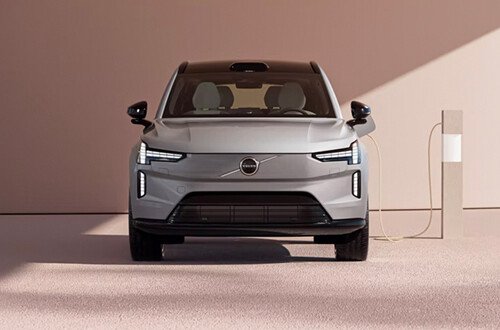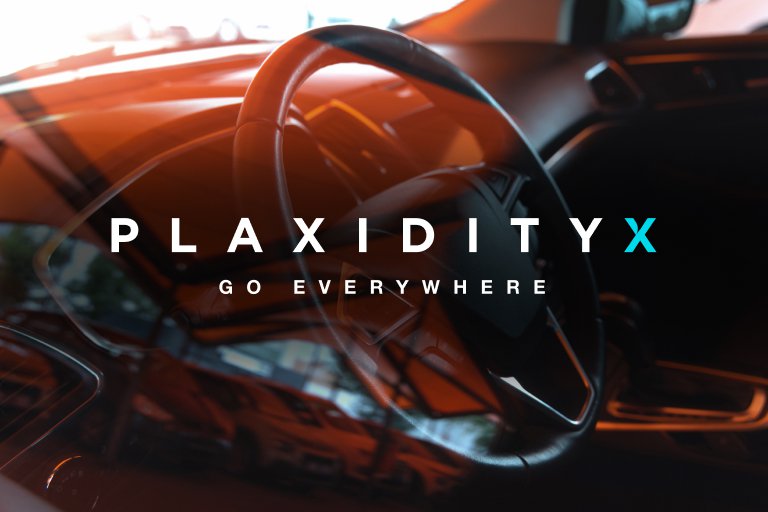- Services
Technology Capabilities
Technology Capabilities- Product Strategy & Experience DesignDefine software-driven value chains, create purposeful interactions, and develop new segments and offerings
- Digital Business TransformationAdvance your digital transformation journey.
- Intelligence EngineeringLeverage data and AI to transform products, operations, and outcomes.
- Software Product EngineeringCreate high-value products faster with AI-powered and human-driven engineering.
- Technology ModernizationTackle technology modernization with approaches that reduce risk and maximize impact.
- Embedded Engineering & IT/OT TransformationDevelop embedded software and hardware. Build IoT and IT/OT solutions.
- Industries
- GlobalLogic VelocityAI
- Insights
BlogsGlobalLogicJuly 27, 2023Exploring Snowpark and Streamlit for Data Science
I’m Janki Makwana, a Data Scientist at GlobalLogic. I have been working with a major re...
 BlogsJuly 18, 2023Manik Jandial
BlogsJuly 18, 2023Manik JandialView on payment industry modernisation: Enablers of change
Welcome to the second part of our two-part series on the evolving payment industry! In ...

- About
GlobalLogic brings fresh perspectives in the news and through events all around the world.
Press Release1 July 2025GlobalLogic and Volvo Cars Deepen Collaboration to Engineer ...
GlobalLogic Inc., a Hitachi Group Company and leader in digital...
 Press Release30 June 2025
Press Release30 June 2025GlobalLogic and Matera Announce Global Partnership to ...
This strategic partnership leverages Matera’s Digital Twin to enhance, not...
 Press Release26 June 2025
Press Release26 June 2025GlobalLogic and PlaxidityX Partner to Secure and Streamline ...
PlaxidityX's DevSecOps Platform is being integrated into GlobalLogic's SDV Cloud...
 Press Release16 June 2025
Press Release16 June 2025GlobalLogic Joins AI-RAN Alliance to Shape the Future of ...
GlobalLogic Inc., a Hitachi Group Company and a leader in...
 Recognitions6 June 2025
Recognitions6 June 2025GlobalLogic Achieves HashiCorp Infrastructure Competency ...
We are thrilled to announce that we’ve earned the prestigious...
 Press Release2 June 2025
Press Release2 June 2025Southwest Power Pool (SPP) Partners with Hitachi to Develop ...
End-to-end use of industrial AI and advanced computing infrastructure to...
 Press Release30 May 2025
Press Release30 May 2025Yuliia Shtukaturova, PhD, Appointed as GlobalLogic Europe ...
GlobalLogic, a Hitachi Group company and leader in digital engineering,...
 Recognitions26 May 2025
Recognitions26 May 2025GlobalLogic Recognized with 2025 ATD BEST Award
GlobalLogic, a leader in digital product engineering, today announced it...
 Recognitions19 May 2025
Recognitions19 May 2025Boomi UK & Ireland Partner of the Year 2025
We’re thrilled to share that GlobalLogic has been named Boomi’s...
 Recognitions15 May 2025
Recognitions15 May 2025Globallogic Won the 2025 RDK Hackathon With Its Groundbreaking ...
GlobalLogic has celebrated a win at the 2025 RDK Hackathon...
 Press Release13 May 2025
Press Release13 May 2025GlobalLogic Achieves Premier Tier Status within the AWS ...
GlobalLogic is proud and honored to be recognized as a...
 Press Release23 April 2025
Press Release23 April 2025GlobalLogic Named a Leader in ISG Provider Lens™ Digital ...
Recognition showcases GlobalLogic’s digital engineering expertise, integrating customer engagement, intelligent...

